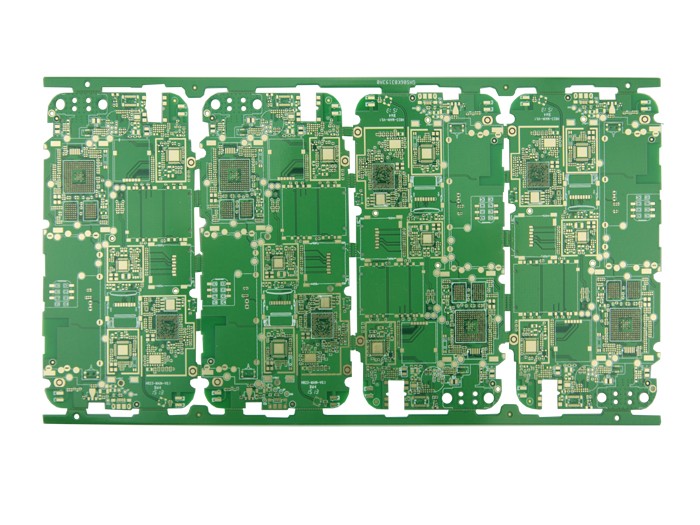Capacitors as passive devices,often used in various electronic circuits.Among them,in the circuit,capacitors are often used as bypass capacitor and decoupling capacitor two functions,then, bypass and decoupling in the end there are ten so different? How to distinguish its role in practical applications?
What is a bypass capacitor?Bypass capacitor role and judgment
Bypass capacitors are used to bypass certain components or part of the circuit capacitors.They are usually placed between the power supply and ground to ensure that the signal source can enter the circuit with the lowest impedance,and can prevent high-frequency noise from interfering with other parts of the circuit.In circuits,bypass capacitors typically have small capacitance values, usually under a few picofarads.
To determine if a capacitor is a bypass capacitor, use a multimeter to measure its value. The value of this circuit board capacitor should be small enough to ignore the impedance in it, which means that when a voltage is applied to this capacitor, the voltage will pass through immediately without stalling or affecting the current in other parts of the circuit.

1.The role and judgment of decoupling capacitors
A decoupling capacitor is a capacitor used to connect between two power sources to cancel DC signals and transmit AC signals. With a decoupling capacitor, the two power sources can work in an efficient manner without affecting each other, and the capacitor also prevents some interfering signals from entering the circuit.
To determine if a capacitor is a decoupling capacitor, you should first determine if it is located between two power sources, usually positive and negative. Then use a multimeter to check its capacitance value. Decoupling capacitors typically have large capacitance values, usually between a few microfarads and several hundred microfarads, to ensure proper filtering of high-frequency noise.
2.Main differences between decoupling and bypass capacitors
Difference in location of use:
Decoupling capacitors,emphasizing the use of the system output pin,are used to filter out the interference generated by the system itself to prevent coupling to the next level of the system;
Bypass capacitors,emphasizing the use of the system input pin, used to filter out the system does not need high-frequency interference signals.
The difference in the size of the capacitance used:
Decoupling capacitors, generally larger capacitance, basically above 0.1uF, relative to the DC component, other signals with certain periodic fluctuations can be considered as AC components, in the power supply system, usually use capacitors with larger capacitance to filter out lower frequency ripple disturbances, i.e., decoupling capacitors;
Bypass capacitance, the general application of the selected value is relatively small, basically in the 0.1uF or less, the smaller the capacitance, the smaller the impedance of the high-frequency signals, the easier it is to provide a low impedance path for high-frequency signals flow to GND.
In fact, the difference between the two and the connection is very simple, in a word: decoupling is bypass, bypass is not necessarily decoupling!
We often refer to decoupling, coupling, filtering and other statements, from the point of view of capacitors in the circuit to play a specific function of the name, these names belong to the same conceptual level, and bypass is just a way, a means, a method.
For example, we can say: capacitors bypass high-frequency signals to ground and realize the decoupling effect. Therefore, the digital chip power supply pin next to the 100nF small capacitor, you can call it a decoupling capacitor, you can also call it a bypass capacitor, there is nothing wrong, if you want to emphasize the role of decoupling, it should be called decoupling capacitor, some Japanese manufacturers of the datasheet is more elaborate, the text speaks of decoupled circuits, it will be "bypass (decoupling) capacitor " to indicate.